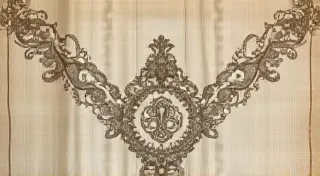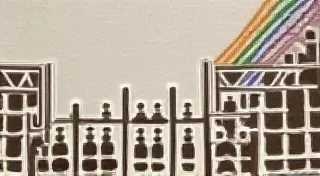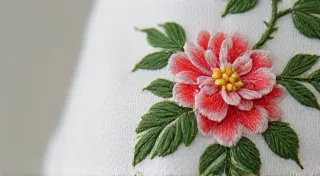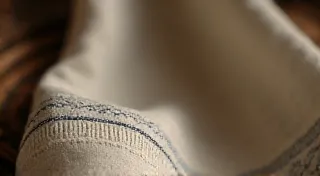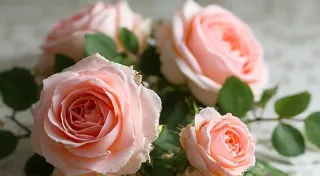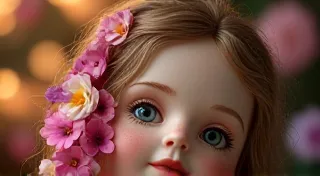Understanding Thread Counts and Fabric Quality in Antique Handkerchiefs
Antique handkerchiefs aren't just charming pieces of history; they're often exquisite examples of textile artistry. Determining their age and value often involves careful examination, and a key element of that assessment lies in understanding thread counts and fabric weaves. This article will guide you through the basics, helping you appreciate the craftsmanship and accurately identify antique handkerchiefs.
What is Thread Count?
Thread count refers to the number of horizontal (warp) and vertical (weft) threads woven together per square inch of fabric. A higher thread count generally indicates a finer, denser, and often more luxurious fabric. However, it's not just about the *number* – the quality of the thread itself is equally important. A crucial consideration is also understanding how manufacturing processes changed over time. As we’ve seen, the shift from hand-looms to machine-made textiles dramatically impacted consistency and weave tightness, and this knowledge is vital when assessing age.
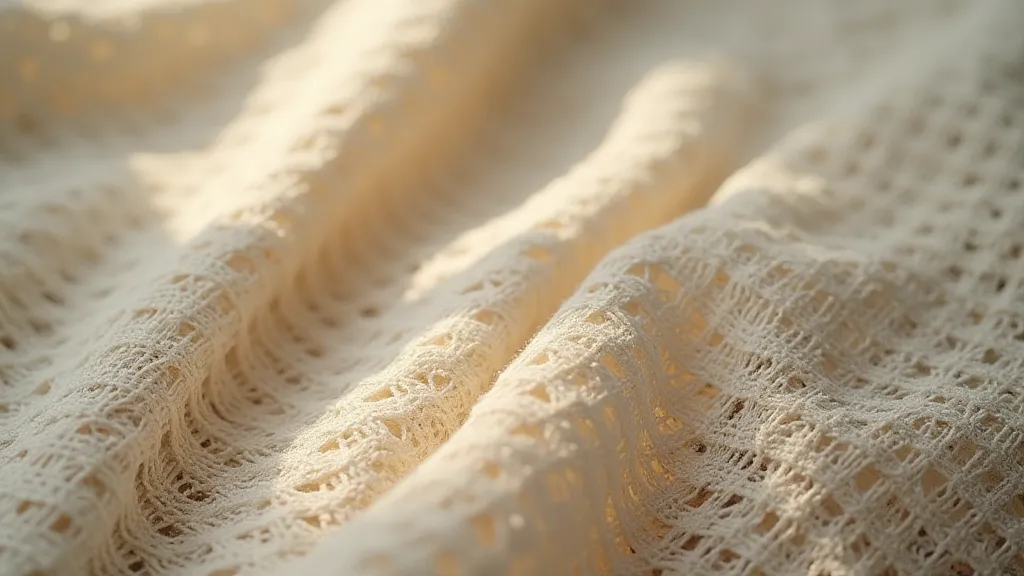
Common Antique Handkerchief Fabrics and Their Typical Thread Counts
Here's a breakdown of fabrics commonly found in antique handkerchiefs and their typical thread count ranges. Keep in mind these are approximate and can vary significantly based on the specific manufacturer and intended quality:
- Linen: Linen is a classic choice for antique handkerchiefs due to its strength, absorbency, and beautiful drape. It can range from a relatively open weave (around 20-40 threads per inch) to a much finer weave (60-120+ threads per inch). Older linens often have a slightly irregular weave due to the hand-processing techniques used. The feel should be slightly crisp and cool. Identifying the era can be tricky, but understanding how regional variations in embroidery styles were intertwined with textile production can be a huge help – explore regional variations in antique handkerchief embroidery for more insight.
- Cotton: Cotton handkerchiefs were more common in the later 19th and early 20th centuries. Thread counts for cotton typically range from 40 to 160+ per inch. Look for characteristics like a softer feel compared to linen and a slightly less defined texture. The rise in popularity of cotton coincided with advancements in textile machinery, and it's important to consider that some seemingly "simple" cotton handkerchiefs might tell a compelling story of industrial innovation.
- Silk: Silk handkerchiefs are a true luxury, often elaborately embroidered. Due to the delicate nature of silk, thread count can be difficult to measure precisely, but they generally have a very fine, smooth feel. The quality of the silk itself, the skill of the embroiderer, and the overall design all contribute to the handkerchief's value.
- Wool: Less common than linen or cotton, wool handkerchiefs were often used for warmth and sometimes had decorative patterns. These will have a coarser feel and are often a looser weave. Wool handkerchiefs, while often overlooked, are valuable pieces that reflect changing fashion and practical needs.
Recognizing Fabric Weaves
Beyond the thread count, the *weave* itself offers clues to age and quality. Common weaves include:
- Plain Weave: The most basic weave, characterized by an over-under pattern. Common in both linen and cotton handkerchiefs.
- Twill Weave: Creates diagonal ribs on the fabric. This is a stronger and more durable weave.
- Satin Weave: Provides a lustrous surface and a soft feel, most often found on silk handkerchiefs.
Understanding the evolution of these weaves, and how they were applied to different fabrics, is key to accurate identification. For example, a meticulously crafted satin weave on a delicate silk handkerchief speaks to a high level of skill and luxury.
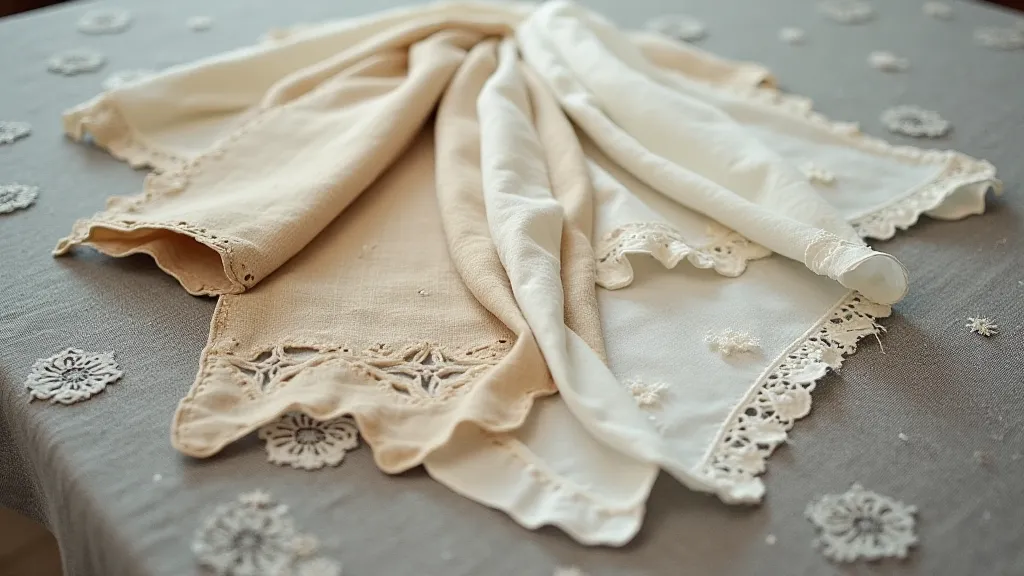
Clues to Age & Quality
While higher thread counts generally indicate higher quality, it's important to consider the context:
- Hand-Looms vs. Machine-Made: Early handkerchiefs were almost exclusively hand-woven. These will likely have slight imperfections, irregularities in the weave, and potentially a slightly looser tension. The introduction of power looms in the 19th century led to more uniform, consistently tight weaves. Knowing the period, and recognizing the hallmarks of hand-production versus machine production, is crucial. A keen eye can discern these subtle differences, which dramatically impact value.
- Wear and Tear: Decades or centuries of use and laundering will naturally soften fabrics and potentially lower perceived thread count. The story a handkerchief tells isn't just about its original splendor, but also the journey it’s undertaken.
- Fabric Condition: Look for signs of damage, such as holes, stains, or weakening of the weave. These can significantly impact the handkerchief's value.
- Embroidery Style and Motifs: The patterns and techniques used in embroidery can be telling of the handkerchief's origin and period. Floral motifs were incredibly popular during the Victorian era, and understanding these trends can provide valuable clues about the handkerchief's age – learn more about Victorian era handkerchiefs: a focus on floral motifs to refine your identification skills.
- Early 19th Century Indicators: Identifying handkerchiefs from the early 19th century requires a specialized eye. Certain characteristics, like specific weave patterns and types of linen, are indicative of this period. Delving into identifying early 19th century handkerchiefs: key characteristics can unlock the secrets of these older treasures.
Combining Thread Count, Weave, & Embroidery
Ultimately, assessing antique handkerchiefs is about combining your knowledge of thread counts and weave with an appreciation for the artistry of the embroidery. A finely embroidered handkerchief on exquisite linen with a high thread count is a prized possession. Don’t be afraid to handle the handkerchiefs gently and examine them closely – that's how you truly begin to understand their story.
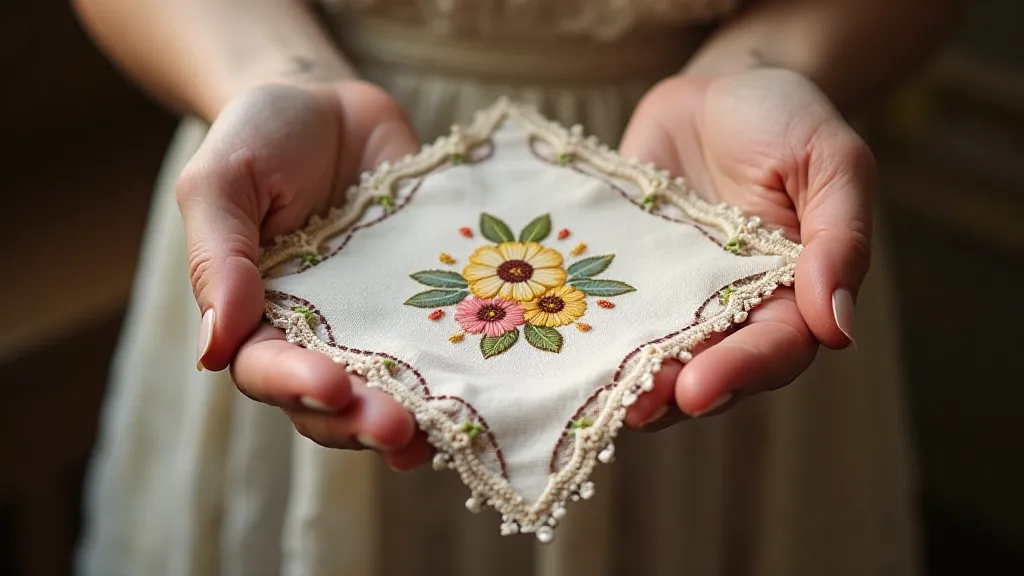
The journey of an antique handkerchief extends beyond its creation. It’s a window into the past, reflecting the tastes, technologies, and social customs of its time. Considering the broader context of its production and use enriches our appreciation for these delicate artifacts.
It's important to consider the type of thread used as well. Different thread types, such as long-staple cotton versus short-staple cotton, can significantly impact the fabric's feel and durability. Furthermore, the presence or absence of monograms or signatures can provide additional clues to the handkerchief's history and provenance.
The value of an antique handkerchief is influenced by a complex interplay of factors, including its age, fabric type, thread count, weave, embroidery quality, and overall condition. However, the story behind the handkerchief, its journey through time, often holds the greatest allure for collectors and enthusiasts.
Examining antique handkerchiefs isn't just about assessing their monetary value; it's about connecting with the individuals who cherished them and the eras they represent. Each imperfection, each faded stitch, tells a story waiting to be discovered.
